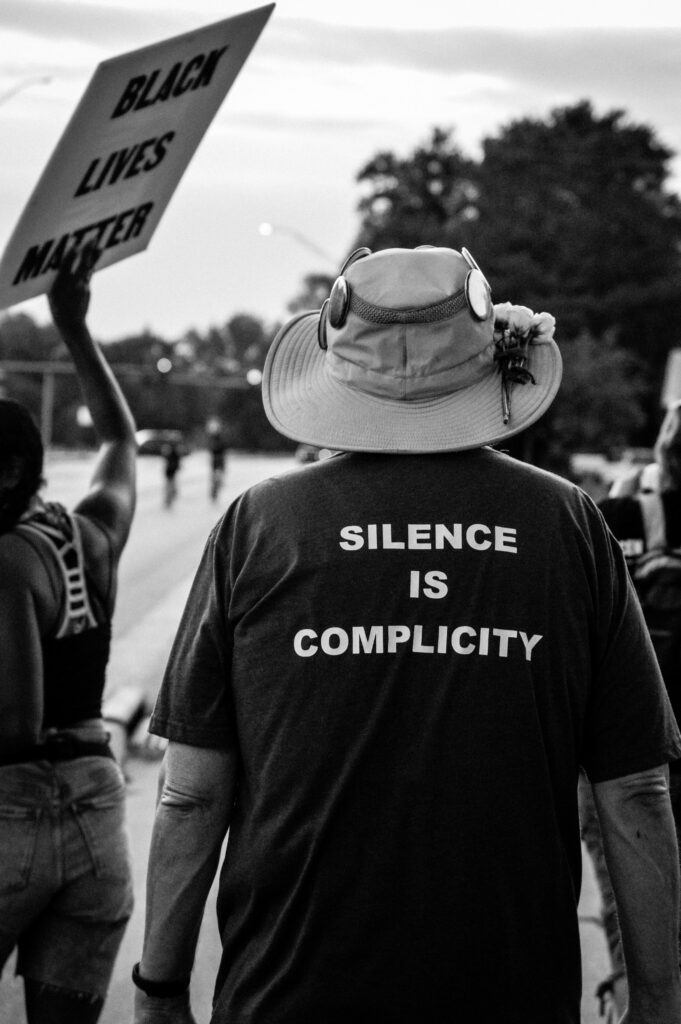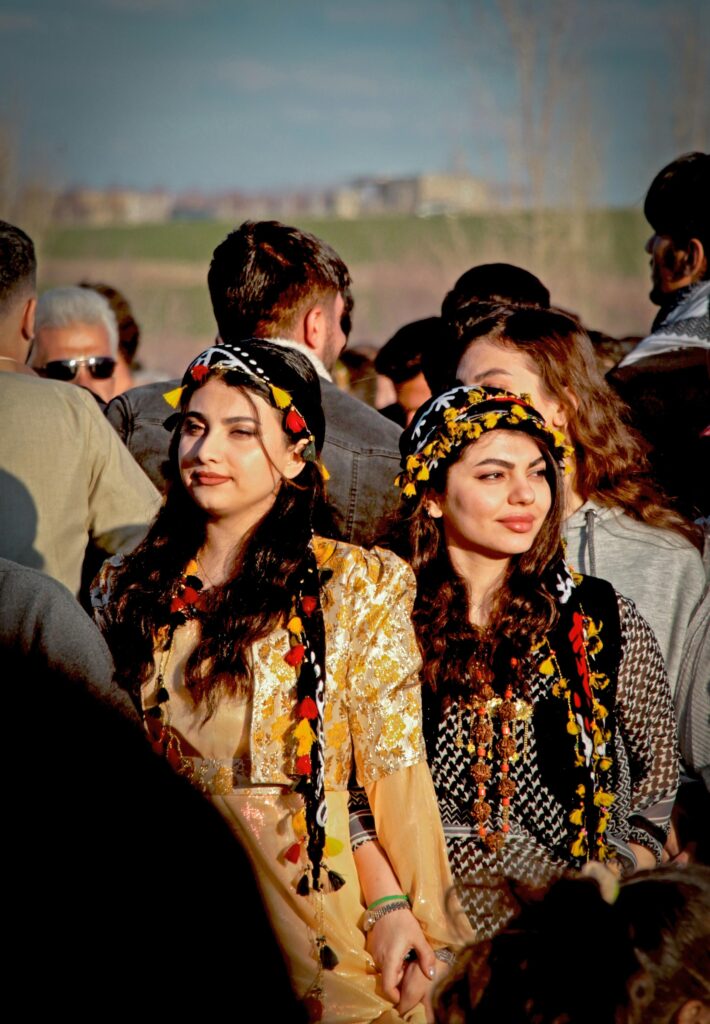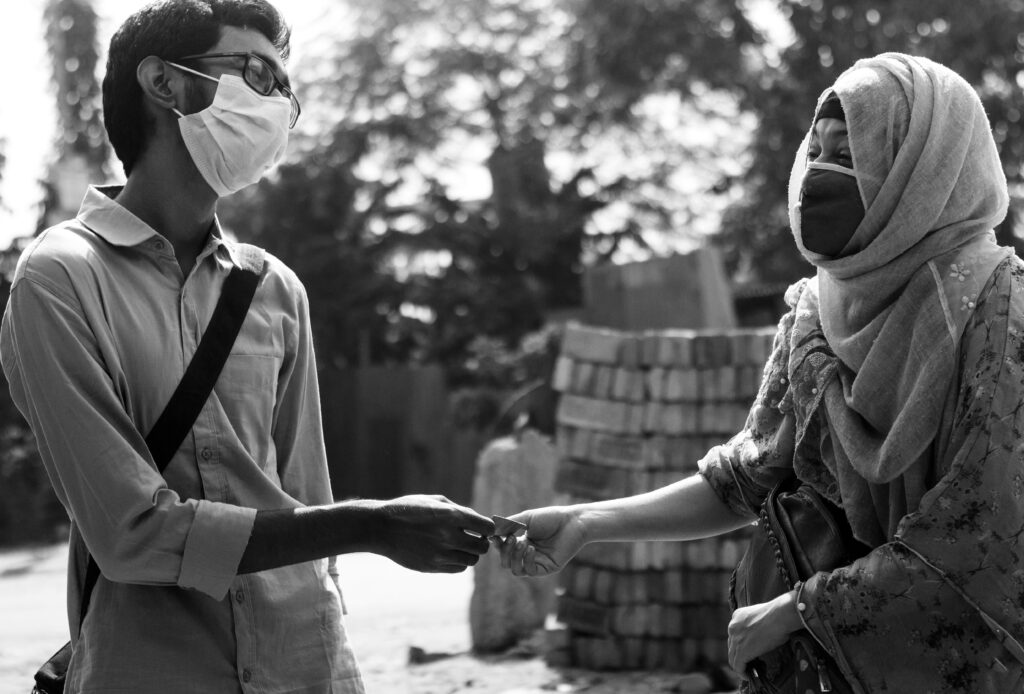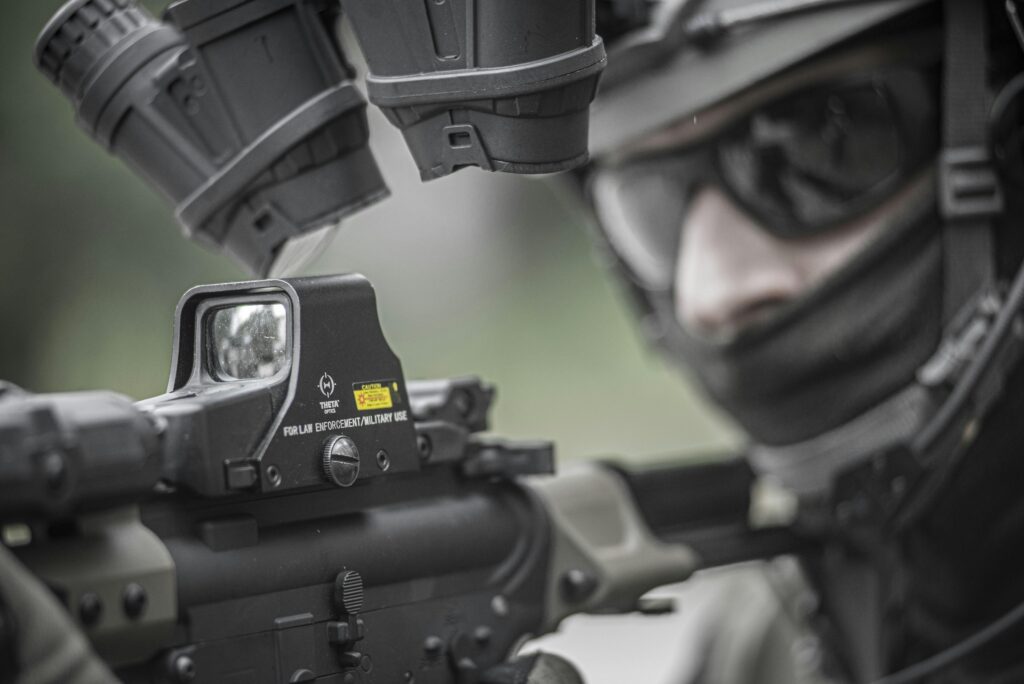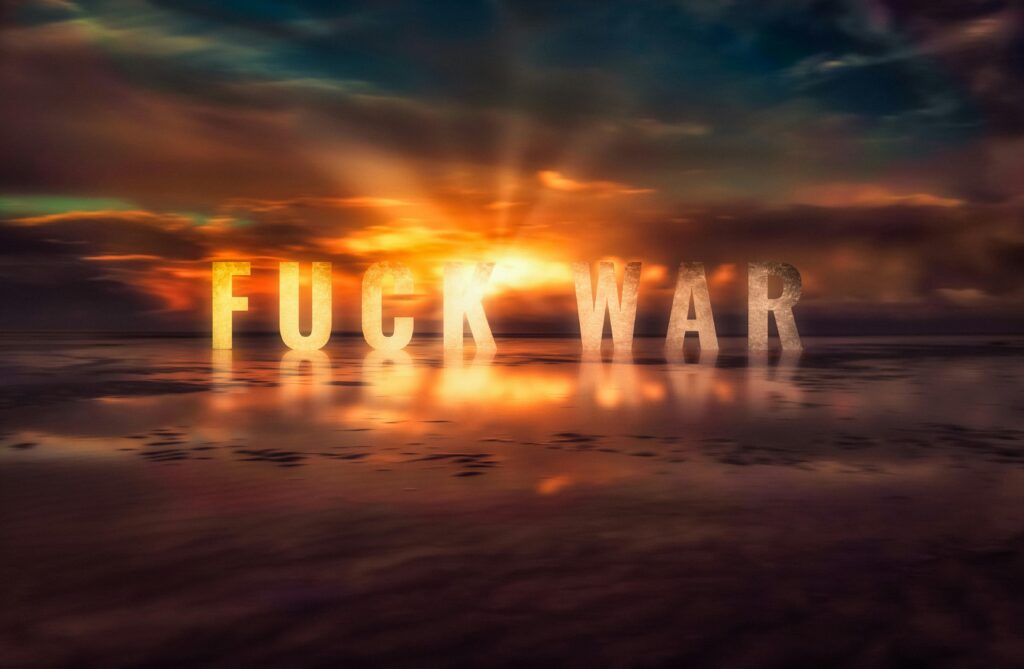When tensions run high and conflict zones become battlegrounds for competing interests, the world often turns to diplomatic talks as a beacon of hope. But how effective are these negotiations in actually resolving deep-rooted disputes and bringing lasting peace? In this article, we delve into the successes and shortcomings of diplomacy in some of the most volatile regions around the globe, examining whether dialogue can truly bridge divides or if it’s merely a temporary bandage on more complex wounds. Join us as we unpack the realities behind those high-stakes conversations that have the power to shape the fate of nations.
Table of Contents
- Understanding the Complex Dynamics of Diplomatic Negotiations in Conflict Zones
- Evaluating Success Stories and Lessons Learned from Past Talks
- The Role of Third-Party Mediators in Building Trust and Ensuring Accountability
- Strategic Recommendations for Enhancing the Effectiveness of Future Diplomatic Efforts
- To Conclude
Understanding the Complex Dynamics of Diplomatic Negotiations in Conflict Zones
Diplomatic negotiations in conflict zones operate within an intricate framework where multiple stakeholders, deep-seated grievances, and fragile trust intersect. Unlike conventional diplomacy, these talks are often shadowed by ongoing violence, making progress painstakingly slow and unpredictable. The role of mediators shifts dynamically—from peacemakers to crisis managers—requiring a nuanced understanding of local cultures, power balances, and historical narratives. Success hinges on the ability to navigate these complexities without losing sight of broader humanitarian imperatives, which frequently demands creative and flexible approaches beyond traditional diplomatic protocols.
Key factors influencing these negotiations include:
- Asymmetric power dynamics: Often, state actors face non-state groups with divergent goals and legitimacy claims, complicating consensus-building.
- External influences: Regional powers and international entities may have vested interests, steering talks toward or away from resolution.
- Communication barriers: Language, mistrust, and propaganda hamper transparent dialogue and require skilled interpreters and confidence-building strategies.
- Conflicting narratives: Each party’s version of events can clash, making mutual understanding a constant challenge.
Despite these hurdles, effective diplomatic engagement can create critical opportunities for ceasefires, humanitarian access, and eventually, sustainable peace agreements—demonstrating that while difficult, dialogue remains an indispensable tool in resolving conflict crises.
Evaluating Success Stories and Lessons Learned from Past Talks
Diplomatic talks in conflict zones often hinge on a delicate balance of trust, timing, and external pressures. Successful cases, such as the Oslo Accords or the Good Friday Agreement, demonstrate that sustainable peace agreements typically require multifaceted strategies. These include rigorous stakeholder engagement, incremental confidence-building measures, and transparent communication channels. Equally important is the backing of international bodies that can provide mediation support and enforce compliance, illustrating that diplomatic success rarely emerges from dialogue alone—it is a product of complex, collaborative mechanisms.
Conversely, many initiatives falter due to unrealistic expectations or neglecting local dynamics. Lessons learned reveal recurring pitfalls, including:
- Ignoring grassroots actors: Peace processes disconnected from community voices often lack legitimacy and durability.
- Overreliance on external mediators: While helpful, they can sometimes overshadow indigenous solutions, fueling skepticism.
- Insufficient follow-up mechanisms: Without sustained monitoring and adaptive frameworks, initial agreements risk collapse.
By studying these success stories and missteps, policymakers and peacebuilders can refine tactics, ensuring diplomatic endeavors are both pragmatic and sensitive to the intricate realities on the ground.
The Role of Third-Party Mediators in Building Trust and Ensuring Accountability
In conflict zones where tensions run high and mistrust is deeply embedded, impartial third-party mediators emerge as vital players in bridging divides. These actors—ranging from international organizations to respected NGOs and neutral states—introduce an element of fairness and transparency that conflicting parties often lack. Their presence not only facilitates communication but also helps establish a framework where grievances can be aired without fear of immediate reprisal. By fostering open dialogue, mediators encourage stakeholders to move beyond entrenched positions, planting the seeds for durable agreements grounded in mutual understanding.
Their effectiveness is further underscored by key functions such mediators perform:
- Monitoring compliance to ensure all parties honor their commitments, thereby reducing the likelihood of ceasefire violations.
- Providing confidential channels for backdoor diplomacy, allowing sensitive issues to be addressed away from public scrutiny.
- Building confidence through small, manageable agreements that gradually lead to broader peace initiatives.
- Serving as neutral facilitators who can translate and clarify demands, minimizing misunderstandings.
Ultimately, the role of third-party mediators is not just about keeping talks afloat; they are instrumental in shaping a trustworthy and accountable negotiation environment—an essential ingredient if diplomatic efforts are to transcend mere symbolism and drive lasting peace in some of the most volatile regions worldwide.
Strategic Recommendations for Enhancing the Effectiveness of Future Diplomatic Efforts
To bolster the impact of diplomatic dialogues in volatile regions, it’s imperative to prioritize contextual understanding over one-size-fits-all approaches. Diplomats must invest time in grasping local histories, socio-political dynamics, and cultural nuances before initiating talks. This sets the foundation for trust-building and mutual respect, which are key ingredients to breaking stalemates. Furthermore, including a diverse array of stakeholders—ranging from grassroots activists to regional leaders—ensures that the negotiations are holistic, representing the true mosaic of affected communities rather than just centralized elites.
Another vital strategy is embedding flexibility and adaptability into negotiation frameworks. Conflict zones are inherently fluid, thus diplomatic efforts should be agile enough to recalibrate as new developments unfold. Integrating continuous feedback loops through mechanisms such as:
- Real-time intelligence reports
- Periodic dialogue reviews
- Community-driven impact assessments
can help negotiators pivot tactics quickly and maintain relevance. By embracing these dynamic strategies, future diplomatic initiatives have a stronger chance of moving beyond mere ceasefires toward sustainable peace agreements.
To Conclude
As we’ve seen, the effectiveness of diplomatic talks in conflict zones is rarely straightforward. While negotiations often face immense challenges—from deep-rooted mistrust to shifting power dynamics—their potential to open channels for dialogue and de-escalate violence remains undeniable. Success isn’t guaranteed, nor is it always immediate, but the pursuit of diplomacy continues to be a crucial tool in the quest for lasting peace. Ultimately, understanding the nuanced realities behind these talks helps us appreciate both their limitations and their indispensable role in conflict resolution. Stay tuned as this evolving story unfolds across the world’s most troubled regions.






